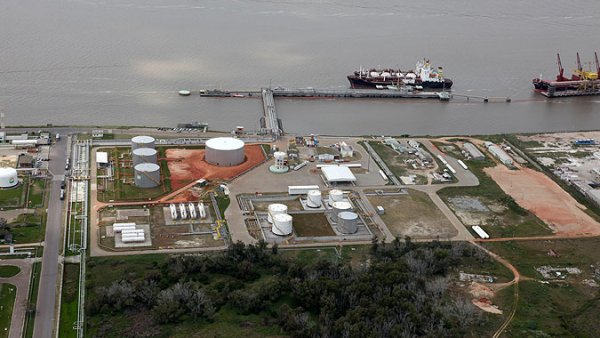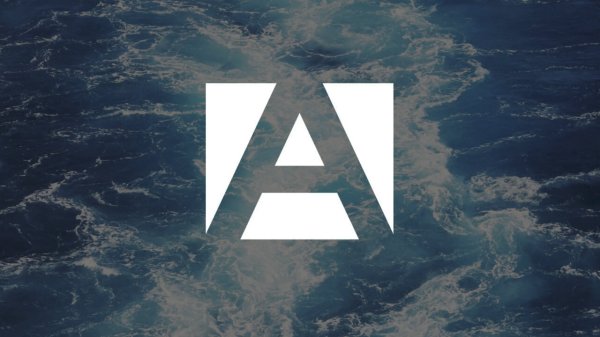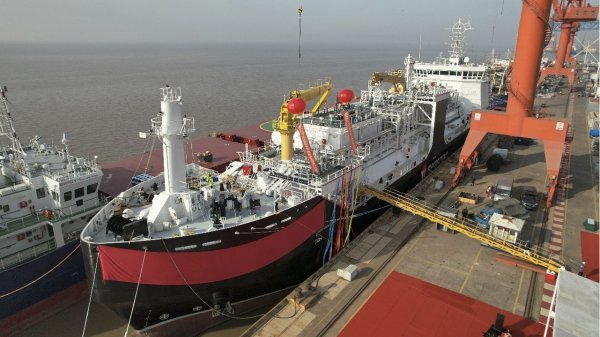St. Petersburg plans to join EU sulphur verification platform
THESIS-S records and exchanges information on the results of individual compliance verifications under Directive 1999/32/EC.
The Russian port of St. Petersburg plans to join the European Maritime Safety Agency's THESIS-S system, which serves as a platform to record and exchange information on the results of individual compliance verifications under Directive 1999/32/EC - relating to the reduction in the sulphur content of certain liquid fuels.
Speaking at the 9th 'Current State and Prospects for Development of Russian Bunker Services Market', held in St. Petersburg between 23rd and 24th June, Captain Alexander Volkov, harbourmaster at Big Port St. Petersburg, said that the the remote sensing system in the Emission Control Area receives data from sensors located in the Baltic Straits. These sensors are capable of detecting an excess of sulphur content in the marine fuel of ships passing through the straits.
In the case of an alleged violation signal, the captain of Big Port St. Petersburg will order sampling of bunker fuel from the suspected ship.
Volkov told the forum that the port is currently in talks with the EU authorities on how to connect the Russian port to THESIS-S.
The event was organized by the Russian Association of Marine and River Bunker Suppliers and held at the Ambassador Hotel in St. Petersburg.
Key topics discussed included: liquefied natural gas (LNG), changes in legislation, bunker business in free ports in the Far East, the impact of tax and shelf projects on bunkering, and the modernization of Russian refineries.
Compiled using data from PortNews
Speaking at the 9th 'Current State and Prospects for Development of Russian Bunker Services Market', held in St. Petersburg between 23rd and 24th June, Captain Alexander Volkov, harbourmaster at Big Port St. Petersburg, said that the the remote sensing system in the Emission Control Area receives data from sensors located in the Baltic Straits. These sensors are capable of detecting an excess of sulphur content in the marine fuel of ships passing through the straits.
In the case of an alleged violation signal, the captain of Big Port St. Petersburg will order sampling of bunker fuel from the suspected ship.
Volkov told the forum that the port is currently in talks with the EU authorities on how to connect the Russian port to THESIS-S.
The event was organized by the Russian Association of Marine and River Bunker Suppliers and held at the Ambassador Hotel in St. Petersburg.
Key topics discussed included: liquefied natural gas (LNG), changes in legislation, bunker business in free ports in the Far East, the impact of tax and shelf projects on bunkering, and the modernization of Russian refineries.
Compiled using data from PortNews

|
IMO approves pricing mechanism based on GHG intensity thresholds
Charges to be levied on ships that do not meet yearly GHG fuel intensity reduction targets. |
|
|
|
||

|
VARO Energy expands renewable portfolio with Preem acquisition
All-cash transaction expected to complete in the latter half of 2025. |
|
|
|
||

|
NYK trials biofuel in milestone coal carrier test
Vessel is used to test biofuel for domestic utility company. |
|
|
|
||

|
H-Line Shipping orders LNG bunkering vessel
Vessel with 18,000-cbm capacity to run on both LNG and MDO. |
|
|
|
||

|
How to engineer and manage green shipping fuels | Stanley George, VPS
Effective management strategies and insights for evolving fuel use. |
|
|
|
||

|
Swedish government bans scrubber wastewater discharges
Discharges from open-loop scrubbers to be prohibited in Swedish waters from July 2025. |
|
|
|
||

|
MAN Energy Solutions achieves 100% load milestone for ammonia engine
Latest tests validate fuel injection system throughout the entire load curve. |
|
|
|
||

|
Petrobras secures ISCC EU RED certification for B24 biofuel blend at Rio Grande
Blend consisting of 24% FAME is said to have been rigorously tested to meet international standards. |
|
|
|
||

|
Stolt-Nielsen to fully control Avenir LNG with acquisition
Share purchase agreement to buy all shares from Golar LNG and Aequitas. |
|
|
|
||

|
Bureau Veritas supports launch of CIMC SOE's LNG bunkering vessel
Handover of Seaspan Energy's cutting-edge 7,600-cbm vessel completed. |
|
|
|
||
Related Links
- · Gazprom Neft and Sovcomflot sign marine lube supply agreement [Insights]
- · Permit obtained for St Petersburg fuel terminal project [Insights]
- · Nayada joins Russian bunker association [Insights]
- · Gazprom strengthens its position in the LNG sector [Insights]
- · Gazpromneft Marine Bunker performs first quayside delivery at Bronka [Insights]
- · Russia [Directory]
- · St Petersburg [Directory]

